Public Installation
Sculpture Milwaukee 2021
Theaster Gates
June 25, 2021–Fall 2022
Theaster Gates has been invited to serve as a guest curator for Sculpture Milwaukee, a nonprofit organization transforming downtown Milwaukee’s cultural landscape every year with an outdoor exhibition of sculpture that acts as a catalyst for community engagement, economic development, and creative placemaking. Gates worked closely with cocurator Michelle Grabner to select artists for the 2021 exhibition, entitled there is this We, with further programming to be announced.
Share
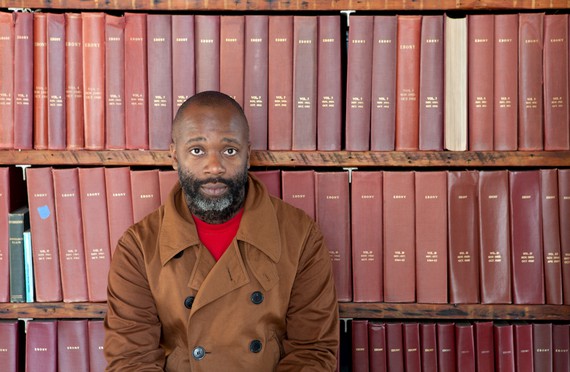
Theaster Gates. Photo: Sara Pooley
Related News
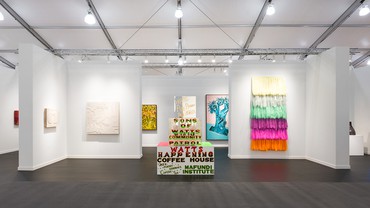
Art Fair
Frieze Los Angeles 2024
Social Abstraction
March 1–3, 2024, booth D13
Santa Monica Airport, California
frieze.com
Gagosian is pleased to announce its participation in Frieze Los Angeles 2024 with Social Abstraction, a diverse selection of paintings and sculptures rooted in the exploration of historic qualities of abstraction and contemporary social realities. The first in a sequence of three presentations organized by Antwaun Sargent, Social Abstraction at Frieze Los Angeles will be followed by exhibitions in Beverly Hills this summer and in Hong Kong this fall.
The intergenerational group of Black artists in Social Abstraction—Derrick Adams, Theaster Gates, Cy Gavin, Lauren Halsey, and Rick Lowe—operates beyond purely formal concerns to create artworks that move between and beyond figuration and abstraction. They push shape to become landscape, color to reveal people, and texture to map the totality of experience.
Gagosian’s booth at Frieze Los Angeles 2024. Artwork, front to back: © Lauren Halsey, © Cy Gavin, © Theaster Gates. Photo: Ed Mumford
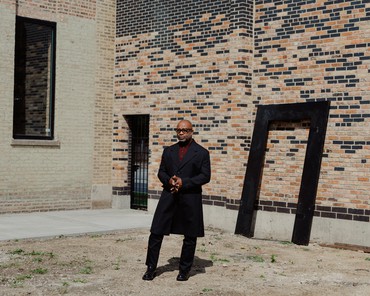
Award
Theaster Gates
Vincent Scully Prize 2023
Theaster Gates has been named the 2023 winner of the National Building Museum’s Vincent Scully Prize. Established in 1999, the award recognizes excellence in practice, scholarship, or criticism in architecture, historic preservation, and urban design. The jury was impressed by Gates’s collecting practice, which in addition to the constellation of Black spaces on Chicago’s South Side that he is actively creating, includes a number of historic record collections, such as those of the godfather of house music, Frankie Knuckles, and the Olympic runner Jesse Owens; over fifteen thousand objects from the legendary Johnson Publishing Company offices; Edward J. Williams and Ana Williams’s collection of approximately four thousand objects of “negrobilia” that make use of stereotypical images of Black people; over sixty thousand glass lantern slides from the University of Chicago; and the fourteen-thousand-volume Prairie Avenue Bookshop Archive.
Theaster Gates at his studio in Chicago, 2020. Photo: Lyndon French
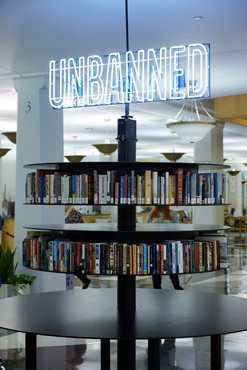
Permanent Installation
Theaster Gates
Altar for the Unbanned
Theaster Gates’s Altar for the Unbanned has been permanently installed at the Harold Washington Library Center branch of the Chicago Public Library (CPL). It features spiral shelves of books that have been banned at different points in American history topped by a rotating neon sign of the word “unbanned.” Actively responding to rising demands for censorship through public organizing, CPL partnered with the Chicago Department of Cultural Affairs and Special Events to commission Gates’s installation. Library officials hope this public artwork will expose citizens to banned titles and encourage them to engage with these books.
Theaster Gates, Altar for the Unbanned, 2023, installation view, Harold Washington Library Center, Chicago Public Library © Theaster Gates

Francesca Woodman
Ahead of the first exhibition of Francesca Woodman’s photographs at Gagosian, director Putri Tan speaks with historian and curator Corey Keller about new insights into the artist’s work. The two unravel themes of the body, space, architecture, and ambiguity.
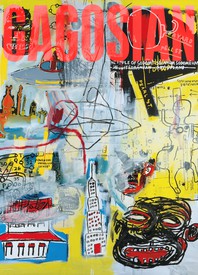
Now available
Gagosian Quarterly Spring 2024
The Spring 2024 issue of Gagosian Quarterly is now available with a fresh cover design featuring Jean-Michel Basquiat’s Lead Plate with Hole (1984).
Simon Hantaï: Azzurro
Join curator Anne Baldassari as she discusses the exhibition Simon Hantaï:Azzurro, Gagosian, Rome, and the significance of blue in the artist’s practice. The show forms part of a triptych with Gagosian’s two previous Hantaï exhibitions, LES NOIRS DU BLANC, LES BLANCS DU NOIR at Le Bourget in 2019–20, and Les blancs de la couleur, la couleur du blanc in New York, in 2022.

Sofia Coppola: Archive
MACK recently published Sofia Coppola: Archive 1999–2023, the first publication to chronicle Coppola’s entire body of work in cinema. Comprised of the filmmaker’s personal photographs, developmental materials, drafted and annotated scripts, collages, and unseen behind-the-scenes photography from all of her films, the monograph offers readers an intimate look into the process behind these films.
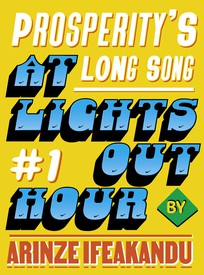
Prosperity’s Long Song #1: At Lights-Out Hour
We present the first installment of a four-part short story by Arinze Ifeakandu. Set at the Marian Boys’ Boarding School in Nigeria, “Prosperity’s Long Song” explores the country’s political upheavals through the lens of ancient mythologies and the mystical power of poetry.

Mount Fuji in Satyajit Ray’s Woodblock Art, Part II
In the first installment of this two-part feature, published in our Winter 2023 edition, novelist and critic Amit Chaudhuri traced the global impacts of woodblock printing. Here, in the second installment, he focuses on the films of Satyajit Ray, demonstrating the enduring influence of the woodblock print on the formal composition of these works.

Adaptability
Adam Dalva looks at recent films born from short stories by the Japanese writer Haruki Murakami and asks, What makes a great adaptation? He considers how the beloved surrealist’s prose particularly lends itself to cinematic interpretation.

Vladimir Kagan’s First Collection: An Interview with Chris Eitel
Chris Eitel, Vladimir Kagan’s protégé and the current director of design and production at Vladimir Kagan Design Group, invited the Quarterly’s Wyatt Allgeier to the brand’s studio in New Jersey, where the two discussed the forthcoming release of the First Collection. The series, now available through holly hunt, reintroduces the first chair and table that Kagan ever designed—part of Eitel’s efforts to honor the furniture avant-gardist’s legacy while carrying the company into the future.

Game Changer: Alexey Brodovitch
Gerry Badger reflects on the persistent influence of the graphic designer and photographer Alexey Brodovitch, the subject of an upcoming exhibition at the Barnes Foundation, Philadelphia.

Outsider Artist
David Frankel considers the life and work of Jeff Perrone, an artist who rejected every standard of success, and reflects on what defines an existence devoted to art.

Goetheanum: Rudolf Steiner and Contemporary Art
Author and artist Ross Simonini reports on a recent trip to the world center of the anthroposophical movement, the Goetheanum in Switzerland, exploring the influence of the movement’s founder and building’s designer Rudolf Steiner on twentieth-century artists.

Duane Hanson: To Shock Ourselves
On the occasion of an exhibition at Fondation Beyeler, novelist Rachel Cusk considers the ethical and aesthetic arrangements that Duane Hanson’s sculpture initiates within the viewer.
